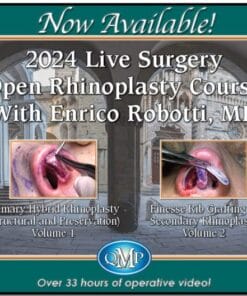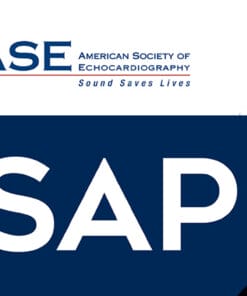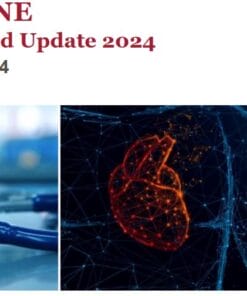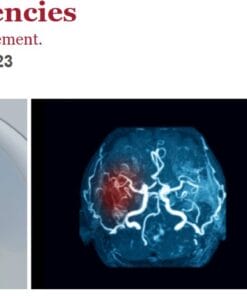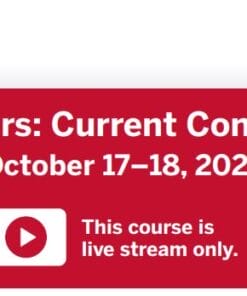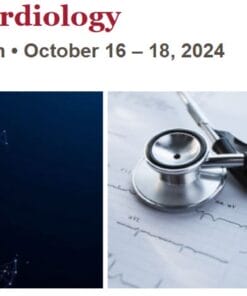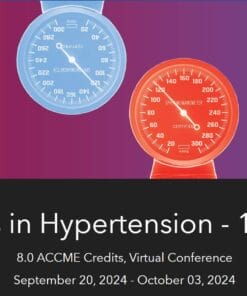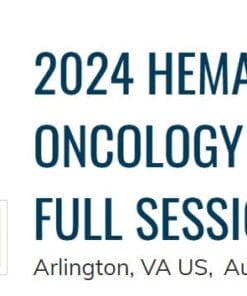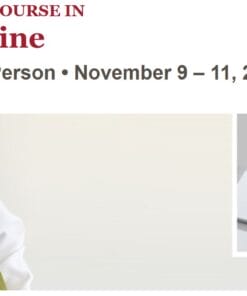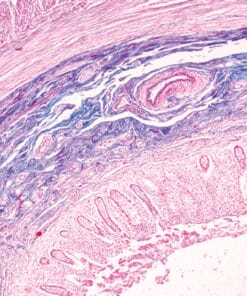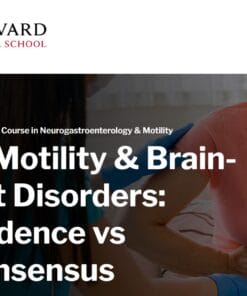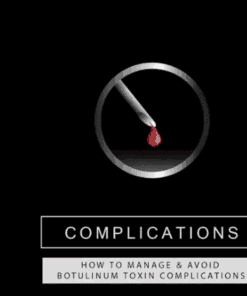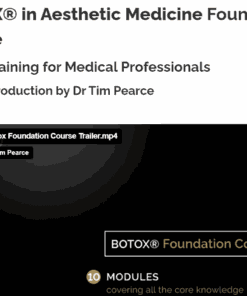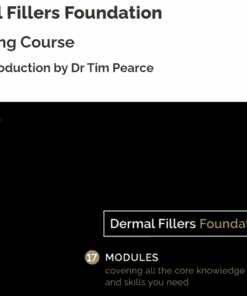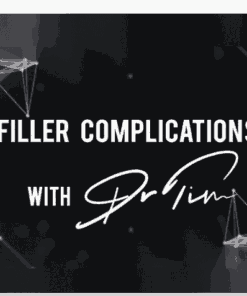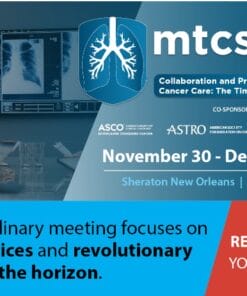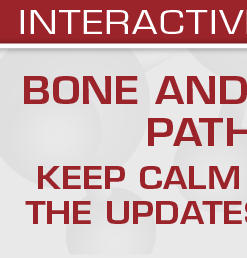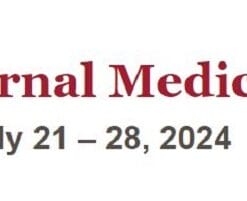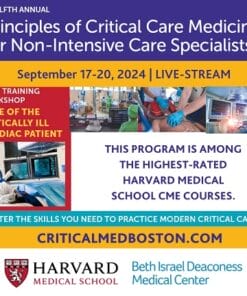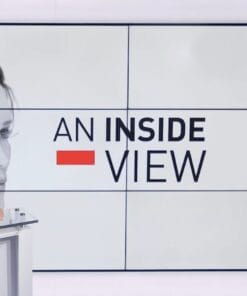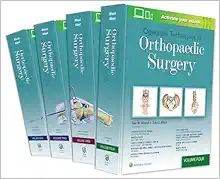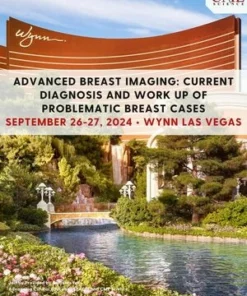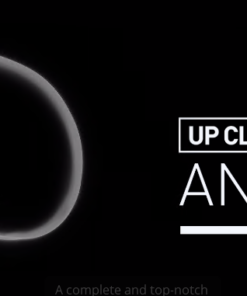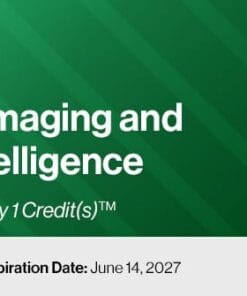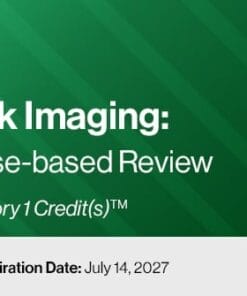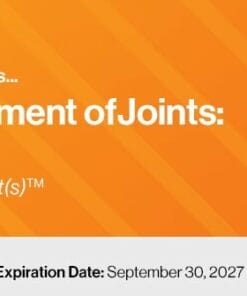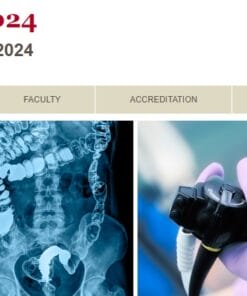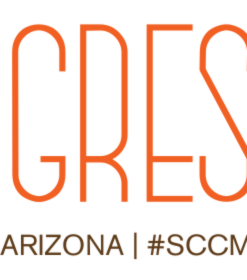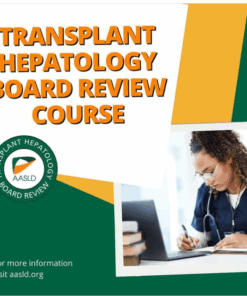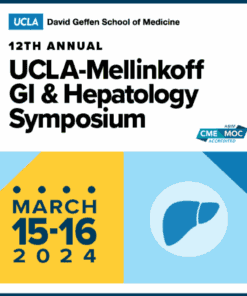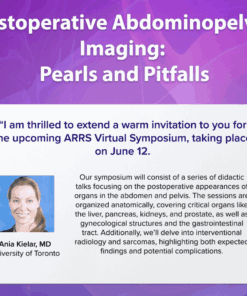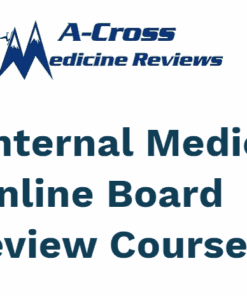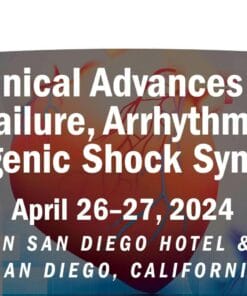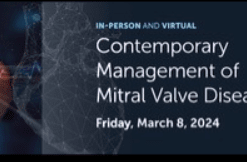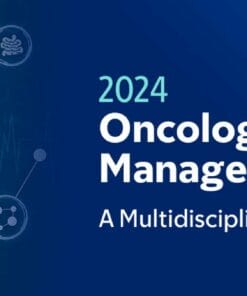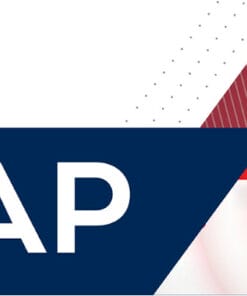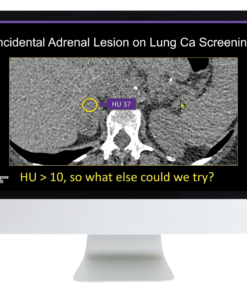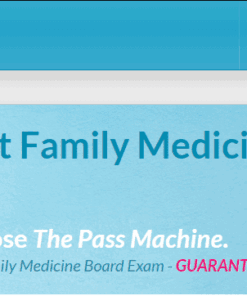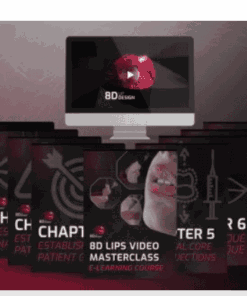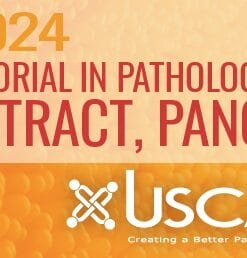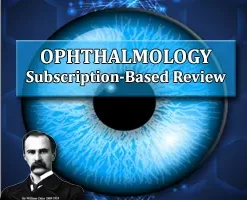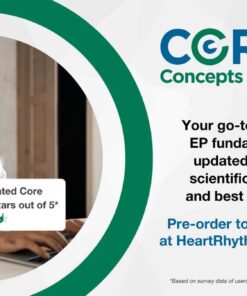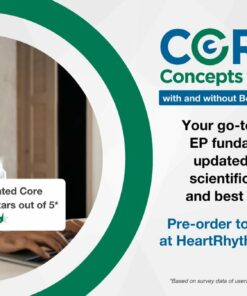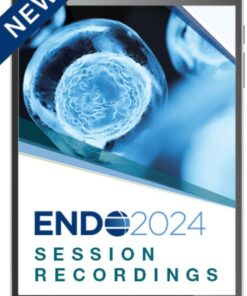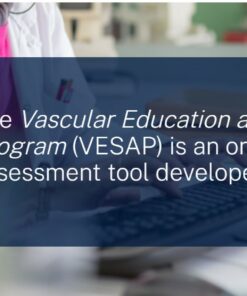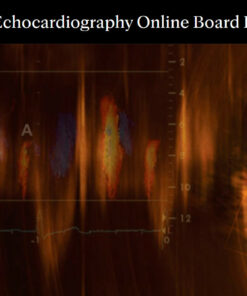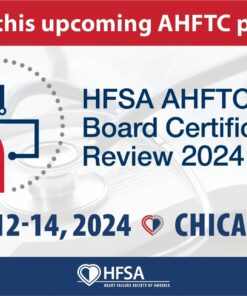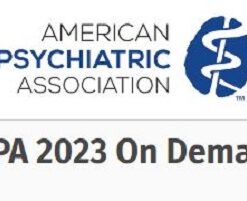USCAP Crash Course in Gastrointestinal, Liver and Pancreaticobiliary Pathology: An Emphasis on Current Guidelines and WHO Updates 2022 CME VIDEOS
80 $
USCAP Crash Course in Gastrointestinal, Liver and Pancreaticobiliary Pathology: An Emphasis on Current Guidelines and WHO Updates 2022 CME VIDEOS
Based on cumulative experience from subspecialty-based GI practices, this faculty ensemble has identified pathologic entities and concepts in GI, liver and pancreatic pathology that continue to pose diagnostic challenges on a daily basis. Such challenges relate directly to interpreting limited biopsy samples, generating succinct differential diagnoses (particularly for inflammatory conditions, medical liver injury, non-adenocarcinoma neoplasia of pancreas, and non-GIST mesenchymal tumors), the impact of genetics on diagnosis and classification, constantly changing disease classifications and the fluidity of practice guidelines in the context of emerging evidence-based data. This course is designed to provide systematic algorithms for assessing malabsorption disorders, gastritis, colitides, neoplasms, pancreatic inflammatory and neoplastic diseases, and medical liver biopsies that can be implemented in daily practice.
Case discussions will facilitate understanding of basic and recent concepts in terminology, prognostic features, and basic pathobiology for practicing pathologists, enhanced by current management guidelines relevant to Barrett esophagus, IBD-related dysplasia, appendiceal mucinous lesions, pancreatic inflammatory diseases and neoplasms, hepatic inflammatory diseases and neoplasms, and mesenchymal tumors.
Target Audience
Practicing academic and community pathologists, and pathologists-in-training
Learning Objectives
Upon completion of this educational activity, learners will be able to:
Review the spectrum of inflammatory disorders affecting upper and lower GI tract and discuss diagnostic pearls for accurate classification
Assist participants in recognizing histologic features used to grade Barrett and IBD-related dysplasia, differentiate dysplasia from reactive atypia and understand current guidelines for managing dysplasia in these settings
Provide a practical diagnostic approach to colorectal polyps, polyposis syndrome, appendiceal neoplasms and mesenchymal tumors of the gastrointestinal tract
Discuss a pattern-based approach to liver injury with the help of ancillary stains and learn to classify liver neoplasms on limited samples
Learn the algorithmic approach to diagnose non-neoplastic and neoplastic pancreaticobiliary disorders and their mimics, especially in small biopsies
Topics:
Esophagitis, Barrett Esophagus and Barrett Esophagus Related Neoplasia Deepa T. Patil, MBBS, MD
Appendiceal Lesions Rhonda K. Yantiss, MD
Medical Liver Patterns of Injury and Role of Special Stains Ryan M. Gill, MD, PhD
Gastritis and Gastric Polyps Nicole C. Panarelli, MD
Mimics and Metastasis in GI Tract Nicole C. Panarelli, MD
Diagnostic Approach to Small Bowel Pathology Rhonda K. Yantiss, MD
Pancreaticobiliary Disorders: Solid and Cystic Pancreatic Neoplasms Vikram Deshpande, MBBS, MD
Challenging GI Polyps and GI Polyposis Syndromes Sarah M. Dry, MD
Liver Tumors Ryan M. Gill, MD, PhD
Mesenchymal Tumors of The GI Tract Sarah M. Dry, MD
Pattern-Based Approach to Colitis Deepa T. Patil, MBBS, MD
Pancreaticobiliary Disorders: Pancreatitis, Gallbladder and Ampullary Lesions – Vikram Deshpande, MBBS, MD
Related Products
Video Medical





